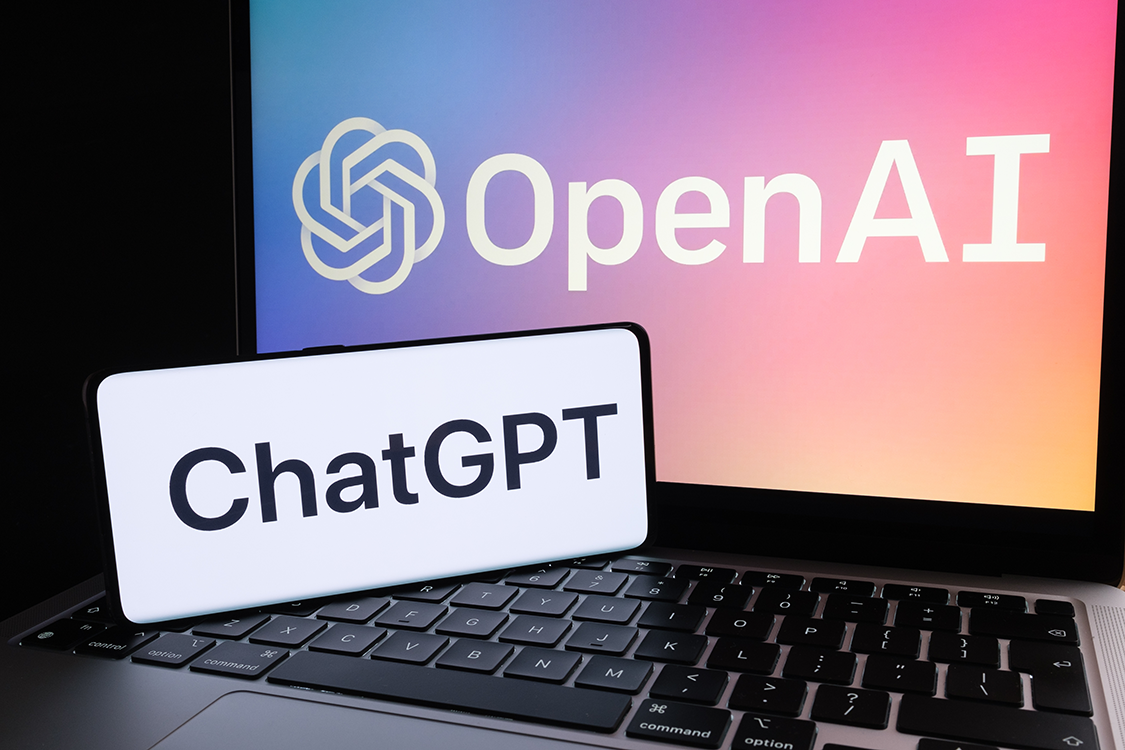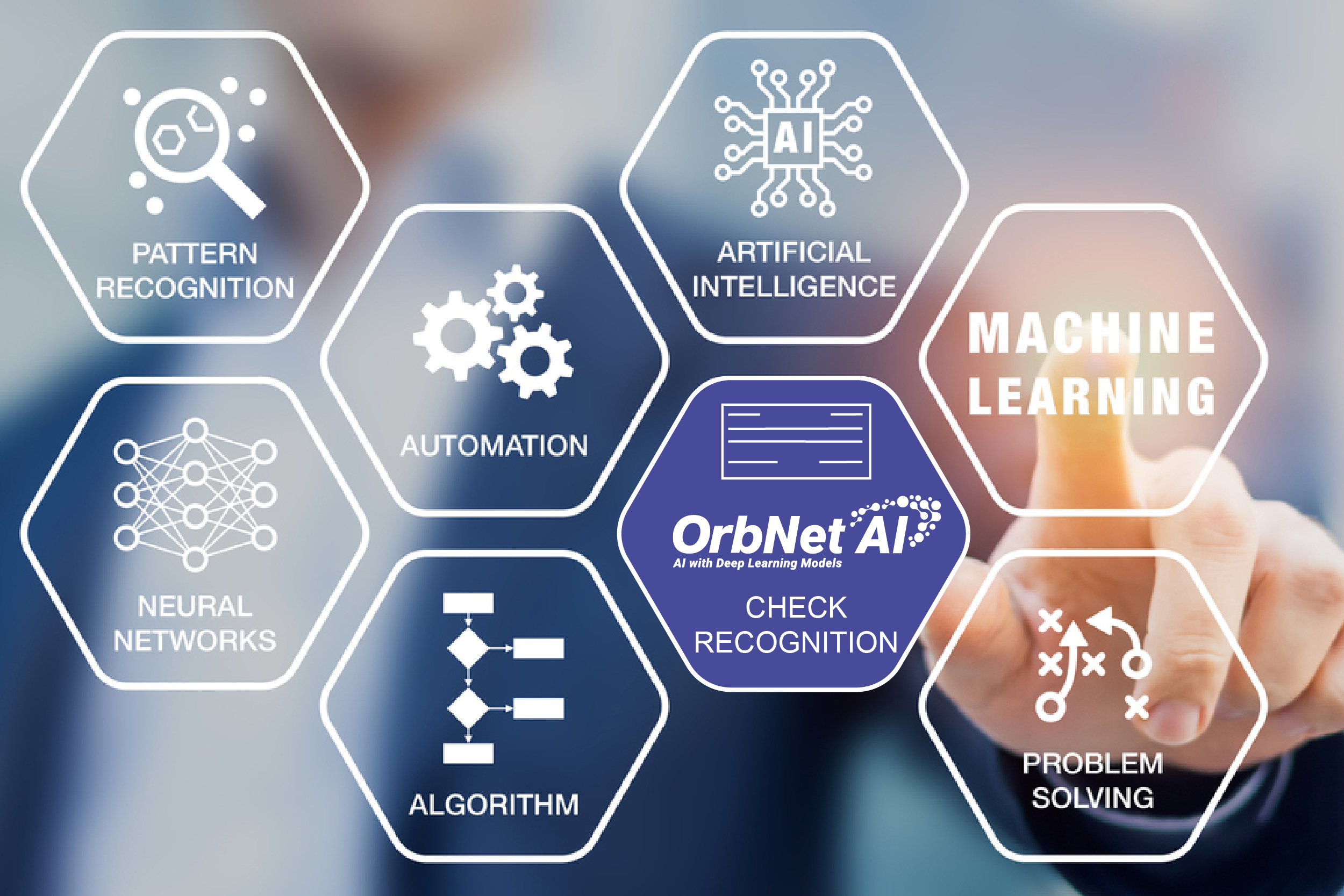Selecting the Right Technology: Generative AI vs. Traditional AI for Banking
Accenture recently released a report entitled A New Era of Generative AI for Everyone, which explains why generative AI is the ultimate “co-pilot” for human capabilities -- and how it will "transform work and reinvent business."
ChatGPT has become a household name -- and it's only been known to the mainstream for six months. The Accenture Banking Blog notes that it's also hard to believe that within two months of its launch, it reached 100 million monthly active users to make ChatGPT the fastest-growing consumer application in history.

While AI as a whole has received mass adoption in the banking industry, generative AI has starting to make waves in the banking industry.
Today, the question for banks isn’t whether generative AI will profoundly impact their industry, but how. And how will they take advantage of this massive opportunity to capture value?
Use Cases for Generative AI in Banking
As with all AI technologies, data plays a key role in training the models. This data is utilized by the models for a specific purpose, and generative AI like ChatGPT is no different.
The large language models (LLMs) technology behind tools like ChatGPT work to produce various types of content, including text, imagery, audio, code and synthetic data with and without analyzing existing data. With this technology now mainstream, it’s creating value across all industries at an accelerated speed. (It’s hard to believe that ChatGPT has been in our lives for only six months. It’s also hard to believe that within two months of its launch, it reached 100 million monthly active users to make it the fastest-growing consumer application in history.)

With all this AI talk and testing, we’re already witnessing the impacts on the banking industry: lower costs, faster revenue growth, more powerful contact center processes … and that’s just the beginning. Goldman Sachs announced its use of generative AI tools to aid its software developers in writing and testing code. Additionally, Accenture’s Julie Sweet recently highlighted our work with a large global bank that’s using generative AI in post-trade processing (intelligent email routing) to improve customer satisfaction and reduce inefficiencies.
Examining the information above, you are able to see that there are clear purposes for generative AI. It is NOT an overarching technology that solves all the problems or improves every single facet of banking.
Move Fast -- But Use Caution
With the above in mind, Forbes reports that banks will have to move quickly to stay competitive:
Like ChatGPT’s record-breaking growth, we expect generative AI’s adoption in banking to move incredibly fast and the early adopters will benefit from its boost in productivity. As there are thousands of ways to apply generative AI for success, banks can embrace this current momentum today and start understanding business impacts while charting a path forward.

That doesn't mean the industry should throw caution to the wind, of course:
Accenture’s six key risk and regulatory questions for generative AI will be an important step in developing a strategy and roadmap. But that’s only a starting point. Banks will need to prepare for:
- Model hallucinations: LLM models currently tend to produce authoritative-sounding answers to questions, even when it doesn’t know the answer.
- “Black box” thinking: It can be difficult to interpret the output of the models or understand how they produced it.
- Biased training data: As with any AI solution, the outputs are limited by the quality of the source data. Bias from human-inputted source data will be extrapolated in the output.
Generative AI vs. Traditional AI
There is undoubtedly a place for generative AI in the banking industry -- and banks should be doing their research to see where this remarkable technology can be utilized. However, as mentioned earlier, it may not be the right technology to solve certain problems or to automate certain tasks.
This includes process automation, which focuses on automated repeated tasks, relieving humans from performing them while achieving higher accuracies than previous technologies -- ultimately creating more efficiency and fewer errors.
Take, for instance, check processing. For decades, this utilized technologies leveraging OCR technology that achieved 80% automation. That means 20% of the processing was performed by humans. So, if a bank processed 100,000 checks per day, that means 20,000 checks were processed by a human. However, with the emergence of AI and machine learning technologies, check processing automation has reached 99.5%+ with 99%+ accuracy rates. This effectively reduces human intervention to a mere few hundred checks.

Generative AI has great potential, but it's important for banks to make sure they are using the right technology for the task at hand.